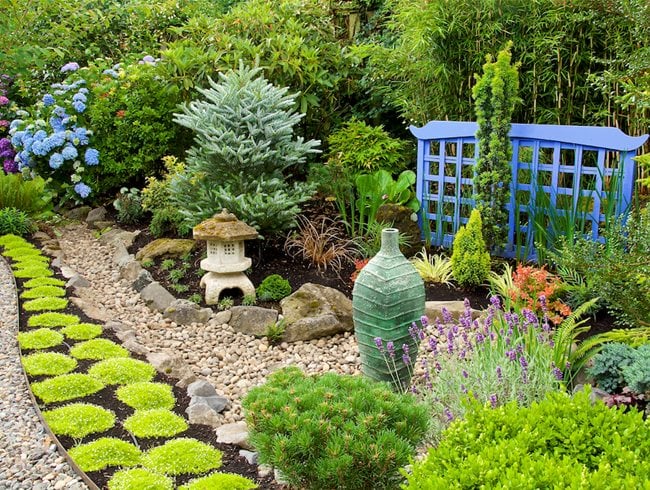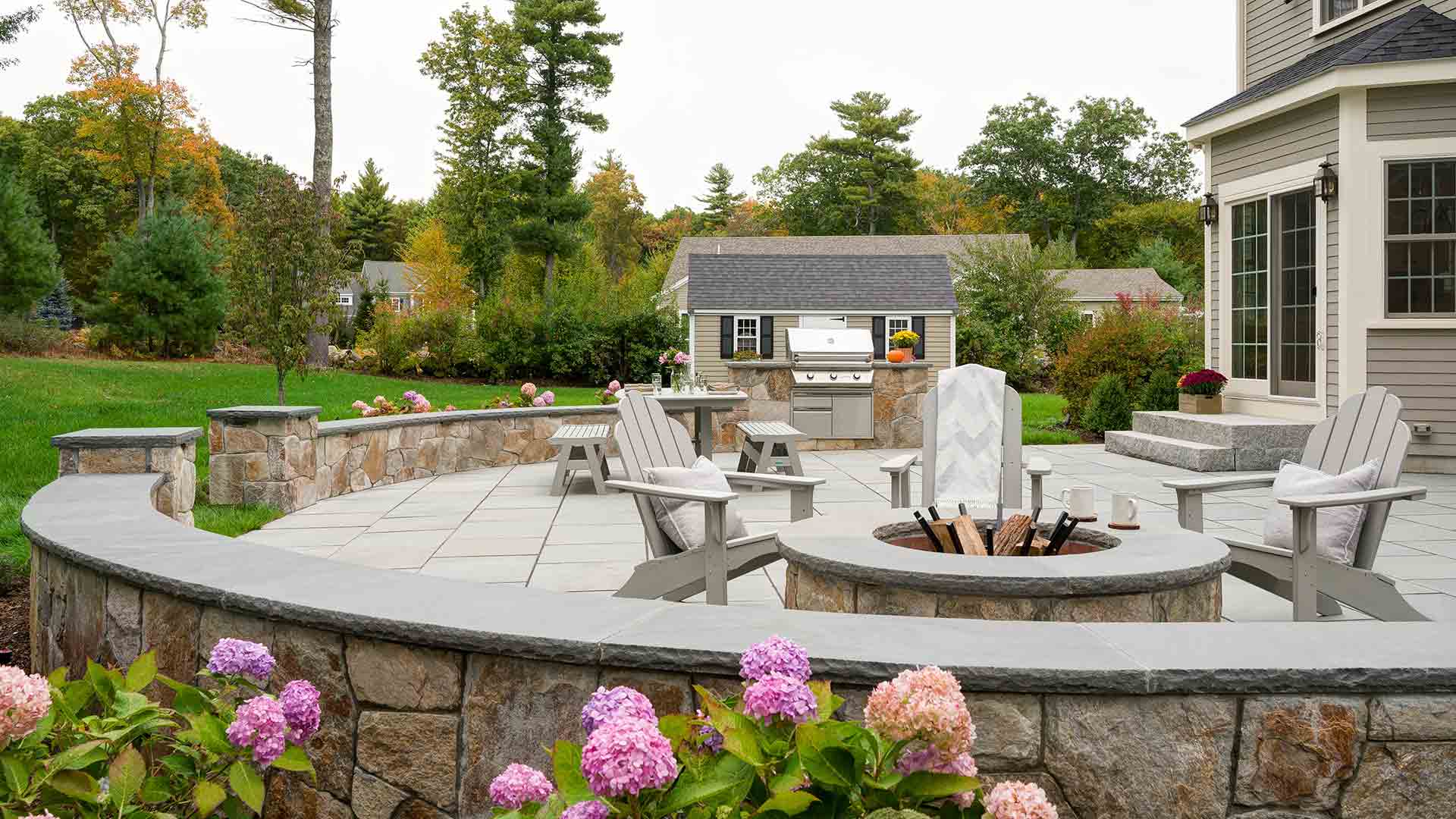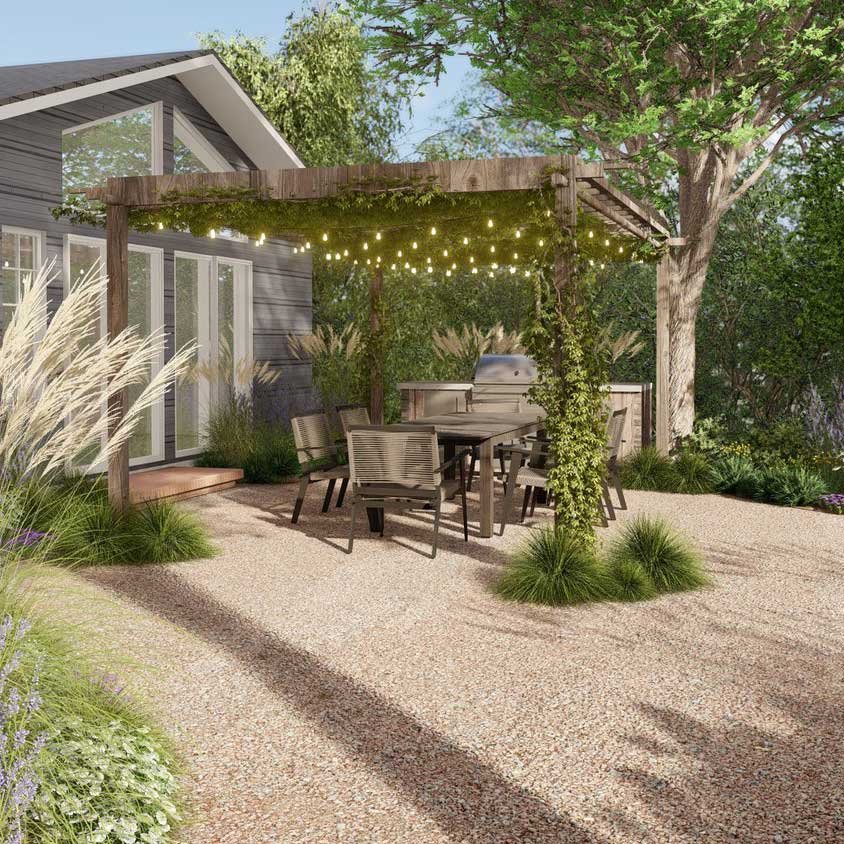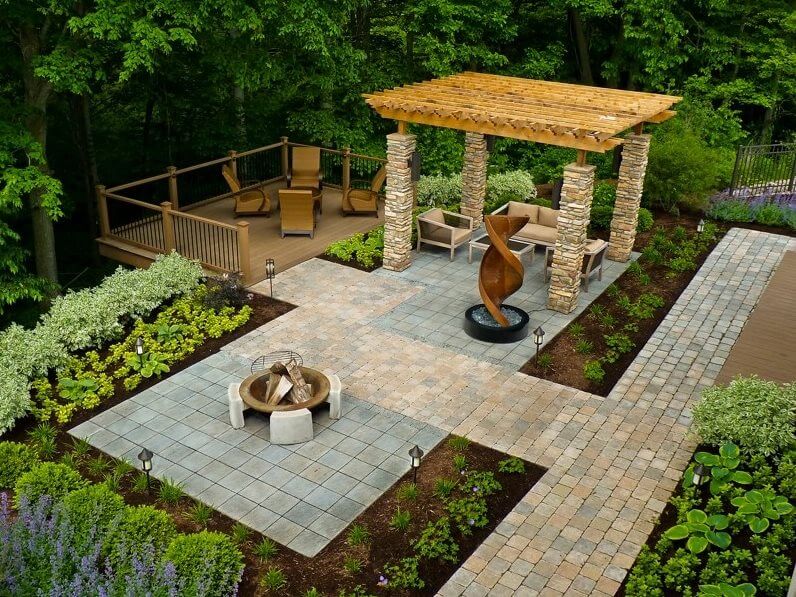Some Of Landscapers
Some Of Landscapers
Blog Article
Landscapers for Beginners
Table of ContentsAbout LandscapersThe 7-Second Trick For LandscapersGetting My Landscapers To WorkThe Basic Principles Of Landscapers Getting My Landscapers To Work
- A tree or shrub (hedge) that sheds its leaves in wintertime. In the PNW there are semi-deciduous or semi-evergreen plants that might lose their leaves depending upon exactly how chilly the winter season is. Abelia and some hebe are fine examples. Landscapers. - A flat event space, made of wood or composite product (made to appear like timber), commonly surrounding or affixed to a framework.

- Granite that is weathered to the factor that it is a really fine aggregate. This is an all-natural process, and the outcome can be utilized for courses and patios. Disintegrated granite is often referred to as DG. It is particularly useful in modern-day landscapes. - Key landscape functions being suggested in a landscape layout strategy.
The Buzz on Landscapers
These objectives lead the style process, not the developer's style or choices. Usual style objectives in Portland are reduced maintenance, dry spell forgiving, and animal friendly.
Over time this layer can get very thick and make it tough for water, sunlight, and nutrients to obtain to sections of the lawn.- The process of gathering and controlling the circulation of water on a residential or commercial property. This can be made with grading, French drains, completely dry wells, permeable surface areas, sump pump, rainfall gardens, and a lot more.
- A sluggish feeding watering system that utilizes versatile tubes and emitters to send out an accurate quantity of water to each plant. - The capacity of a plant to survive without much summertime water.
- A yard attribute where water is stood for by an aggregate stone product, generally a gravel or granite.- A stone or flagstone outdoor patio, course, or sidewalk constructed without a concrete base.
The Best Strategy To Use For Landscapers
- A stone maintaining or totally free standing wall surface developed without the usage of mortar. - An underground framework that collect water and permits it to slow percolate into the soil around it.
Landscape layout that is suitable with a sites' atmosphere in both look and sustainability without negative effects to the environment. Edging in the landscape is a line of demarcation that produces aesthetic passion in the garden by dividing one segment from one more section.
Locations can also have a feeling of "room" supplied by trees, various other growings, fences, or screens. The landscape near the entry to a building. A tree, bush or creeping plant, trained to grow on a wall or fence into a certain pattern. Specifically useful for fruit trees, making it simple to collect the fruit and containing mess.
A plant that is not native to the location where it will certainly be grown. Thicker bladed turf lawn that spread via rhizomes.: The degree why not look here of soil on your residential or commercial property before bark dust or garden compost is spread out.
The 5-Second Trick For Landscapers

The purpose, reason, or action that an area is be landscaped for. Staircases operate, for instance, to allow foot website traffic up and down a slope. Space for growing plants for viewing, eating, or exercise. A roofed structure utilized over an outdoor event space. The growing of a seed, probably referring to a yard that is being grown from seed.
Rock item, either rounded or fractured, that is fairly tiny- normally 1" or much less. Reduced plants that are allowed or motivated to spread out over an Read Full Report area. Can describe any kind of "hard" garden aspects consisting of statuary or boulders but a lot of typically is utilized to describe courses, patio areas, and walls.: Elevation difference between the level of water in a fish pond (or the degree of the pump if it sits outside the pond) and the upper electrical outlet of water which influences performance of the water pump in gph (gallons per hour). Thick hedges or trees that develop a fencing, display, or boundary.

The smart Trick of Landscapers That Nobody is Talking About
An even more unwinded yard controlled by bent instead than straight bed lines and a less stiff framework. Traditional PNW landscapes are informal. A plant that spreads greater than desired, or right into habitats where it does damage. Portland has a checklist of intrusive plants that need to not be set up in landscapes due to the fact that they can infect woodlands or waterways and be difficult to control.
Can include head positionings and coverage, pipeline sizing, GPM specifications, and materials needed to mount this system. Licensed expert that develops landscapes, coached in design and architecture as well as in cultivation.
Landscape developers normally have much less education than Landscape Architects and are not licensed. A finished landscape style, detailing all components for the brand-new landscape.
A water tight HDPE material used below ponds, streams and waterfalls in water attributes. Using many plantings of the very same selection to fill up in an area in the landscape.
Report this page